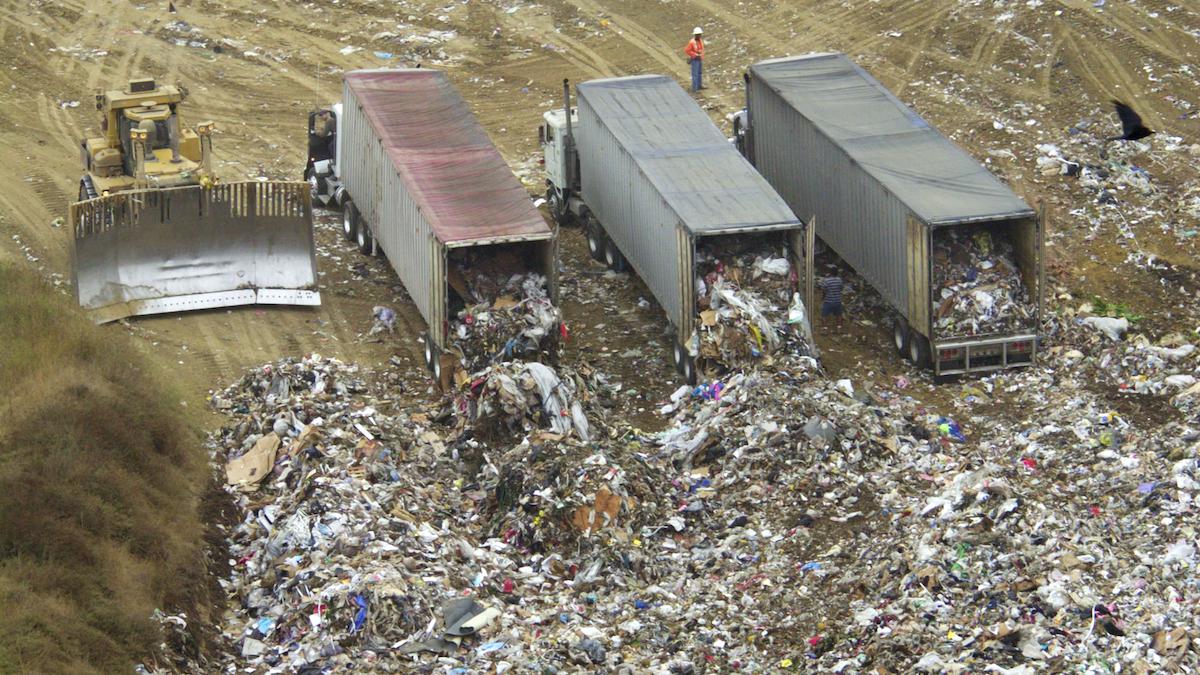
Walmart – the quintessential in every American movie or YouTube vlog. Albeit not a brand seen in Singapore, I am sure many of us have at least heard about this brand as it is akin to Singapore’s NTUC. This household brand is known to many for having everything! Fresh produce, bakery, deli, electronics, apparel, you name it and they will most likely have it. As a business entity, Walmart has also attempted to collaborate with others to drive a positive impact across global supply chains. It has brazenly claimed that it places nature and people at the heart of its business and aims to be a sustainability leader.
By 2040, its goal is to reach 0 emissions across global operations without carbon offsets via namely
- Harvesting enough wind, solar and other energy sources to power our facilities with 100% renewable energy by 2035.
- Zeroing out emissions from all of our vehicles, including long-haul trucks, by 2040.
- Transitioning to low-impact refrigerants for cooling and electrified equipment for heating in our stores, clubs, data centers and distribution centers by 2040.
(Walmart, n.d.)
Walmart has good goals but really, do we REALLY think that the brand would follow thoroughly?

While all these good things were going on, Walmart has recently been under fire for the alleged dumping of hazardous waste in Californian landfills. The retailer is accused of “dumping lithium batteries, insecticide, aerosol cans, cleaning supplies, electronic waste, paint and LED lightbulbs, as well as confidential customer information in landfills throughout the state from more than 300 Walmart stores”. The director of the state Department of Toxic Substances Control, Meredith Williams, also lamented that Walmart, “Despite repeated enforcement actions against Walmart over the past two decades, it consistently, and knowingly, fails to comply with California’s environmental protection laws,” (Martin, 2021).
The improper dumping of aerosol cans is of worry; traditional aerosol cans facilitate the release of VOCs into the atmosphere. This causes environmental pollution as the interaction of VOCs with nitrogen oxides leads to the formation of ground-level ozone. Hence in the US, different states do have rules and regulations regarding hazardous waste but the Walmart has clearly disregarded it (sfc, 2020).
The materials dumped on landfills were items like pesticides and had to be disposed of properly if not they could leach into our soils, be released into our water bodies or even be transported throughout our air. This could result in a number of negative health outcomes, such as cancer, neurological disorders, asthma and learning disabilities. The entry of such pollutants into sanitary streams is undesirable and pollutive.
On the front covers, Walmart has poised itself to be a family-friendly, aiming to be green company but in actual fact behind closed doors they continue to relegate to traditional ways to dispose off their hazardous waste. To what extent then would companies go to just to appear environmentally friendly to the public?
References:
- Martin, H. (2021, December 20). Walmart sued for alleged dumping of hazardous waste in California landfills. Los Angeles Times. https://www.latimes.com/business/story/2021-12-20/walmart-california-lawsuit-alleges-hazardous-waste-dumping-landfills
- sfc. (2020, June 5). The environmental impact of aerosol spray. Signature Filling Company. http://signaturefillingcompany.com/environmental-impact-aerosol-spray/
- Walmart. (n.d.). Sustainability. Corporate – US. Retrieved 12 April 2022, from https://corporate.walmart.com/purpose/sustainability